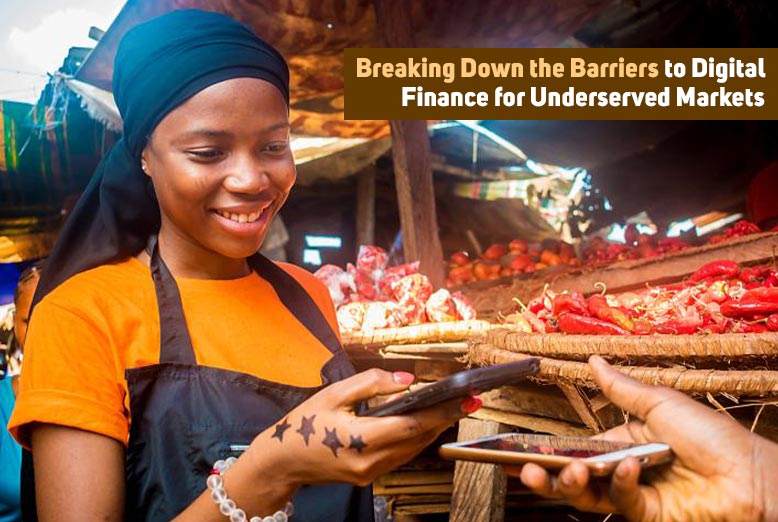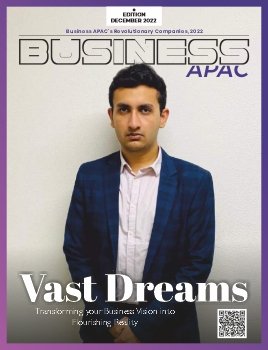Recent data from the World Bank reveals that around 1.7 billion adults globally are still without access to banking services, underscoring a critical challenge in achieving financial inclusion. This statistic highlights the urgent necessity for finance digitalisation, especially in underserved markets where conventional banking services are frequently restricted or completely lacking. Recognizing and tackling these obstacles can facilitate more equitable access to financial resources for all individuals.
Comprehending the Obstacles to Financial Digital Transformation
A variety of elements play a significant role in the challenges encountered by underserved markets in the realm of finance digitalisation. Inadequate internet access, insufficient digital skills, and a weak financial infrastructure are all critical factors to consider. Many rural communities in developing countries continue to face challenges due to unreliable internet access, which hinders their ability to effectively utilize finance digitalisation services. In the absence of reliable connectivity, even the most cutting-edge financial solutions fail to reach their potential.
Furthermore, understanding financial concepts presents a considerable challenge. Many individuals may lack a comprehensive understanding of how to effectively utilize digital financial platforms and the advantages they provide. A report from CGAP (Consultative Group to Assist the Poor) indicates that approximately 50% of adults in developing economies do not possess fundamental financial literacy skills. This lack of understanding hinders individuals from making well-informed financial choices, thereby continuing cycles of exclusion.
Strategic Approaches to Enhance Inclusion
Innovative solutions are emerging that have the potential to transform the landscape of finance digitalisation and break down existing barriers. One effective strategy involves utilizing mobile technology. In numerous regions across Africa, mobile money platforms such as M-Pesa have transformed the landscape of financial transactions for individuals. M-Pesa has played a pivotal role in enhancing financial inclusion by enabling users to send and receive money through their mobile phones, thereby reaching populations that were previously underserved by traditional banking services.
This trend is not limited to Africa alone. In Southeast Asia, companies such as Gojek and Grab are strategically incorporating financial services within their ride-hailing applications. Individuals have the capability to settle ride fares, transfer funds to peers, and even obtain microloans, all facilitated by a unified platform. These innovations demonstrate the potential of technology to connect underserved markets, enhancing the accessibility of finance digitalization.
The Function of Governments and Non-Governmental Organizations
Government entities and non-governmental organizations are essential in promoting the advancement of financial digitalization. Robust policy frameworks that facilitate finance digitalisation services are essential for fostering an environment that promotes innovation and inclusivity. The Central Bank of Nigeria has introduced initiatives designed to enhance cashless transactions, with the objective of increasing the adoption of finance digitalisation throughout the country.
Organizations such as Kiva have achieved significant progress by facilitating microloans to underserved communities, frequently leveraging digital platforms to link lenders with borrowers. Their model illustrates the potential of specialized financial services to empower individuals, facilitating investments in businesses or education. By cultivating collaborations among governments, NGOs, and the private sector, we can establish a strong framework for the finance digitalisation that serves the needs of all stakeholders.
As we advance into an era of increased financial digitalization, it is crucial to tackle the challenges encountered by underserved markets with urgency and precision. Utilizing technology, cultivating strategic partnerships, and emphasizing education will enable us to develop a more inclusive financial ecosystem. Access to the right tools and resources is essential for individuals to effectively pursue and attain their financial objectives. By collaborating, we can dismantle these obstacles and create a pathway toward a more prosperous and inclusive financial landscape.




















